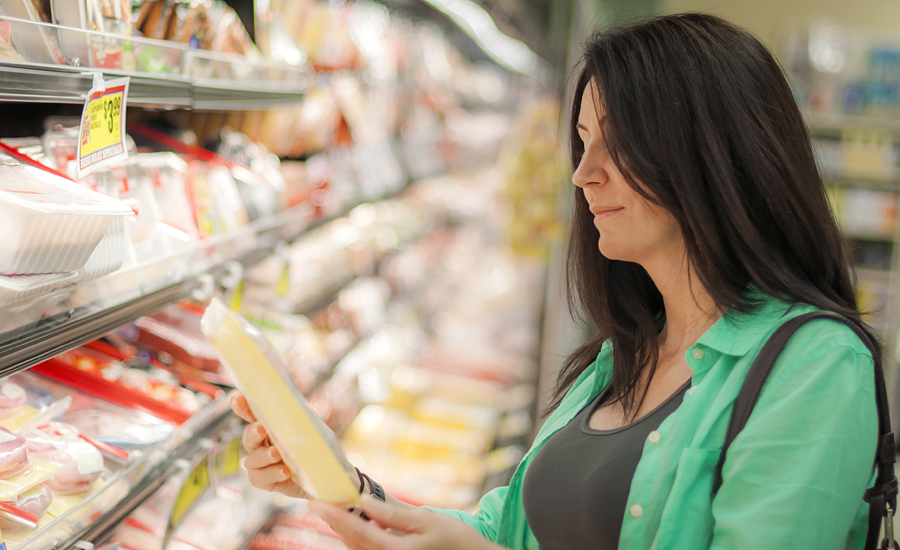Food Marketing Institute (FMI), Arlington, Va., released its U.S. Grocery Shopper Trends 2017 analysis, which reveals shopper demand for dimensions of transparency along the supply chain challenged by an evolving marketplace.
The research signaled that U.S. grocery shoppers want more than just information; they desire transparency that engages them, offering assurances of food safety, the pursuit of health and wellness, the appetite for discovery and a closer connection to food.
“[Consumers] can handle the truth, and the information they do want to know, they want delivered in a clear, forthright, trustworthy and easy-to-find way that conveys some sense of vulnerability and openness,” says Leslie Sarasin, president and CEO. “This is a crucial area because I think honest clarity is the currency of trust in the digital age.”
While less traditional retailers enjoy more grocery traffic and shopper loyalty, FMI trends data note that 8% of shoppers still claim to have “no primary store.” Limited assortment (25%), natural (17%), convenience (11%), ethnic (11%) and online only (11%) food stores are increasingly frequented by shoppers. This is particularly significant because this year’s research suggests how comfortable Millennials have suddenly become with using online shopping for their grocery needs, although they still order only a limited breadth of food products online.
According to the trends findings, overall shopper ratings of how well stores are meeting their needs favor those retail channels that lead in transparency, including natural and organic, online only, club, fresh-focused and mid-market traditional grocery stores. Conversely, retail channels trailing in transparency include discount, convenience, supercenter, limited, dollar, drug and value-focused. Consumers continue to view their primary store also as a primary ally in their wellness pursuits (45%).
“In the competitive food retail landscape and in an age in which information moves faster and faster, the consumer demand for clear and honest answers offers a zip-line to confidence in the complex food system,” adds Sarasin.



